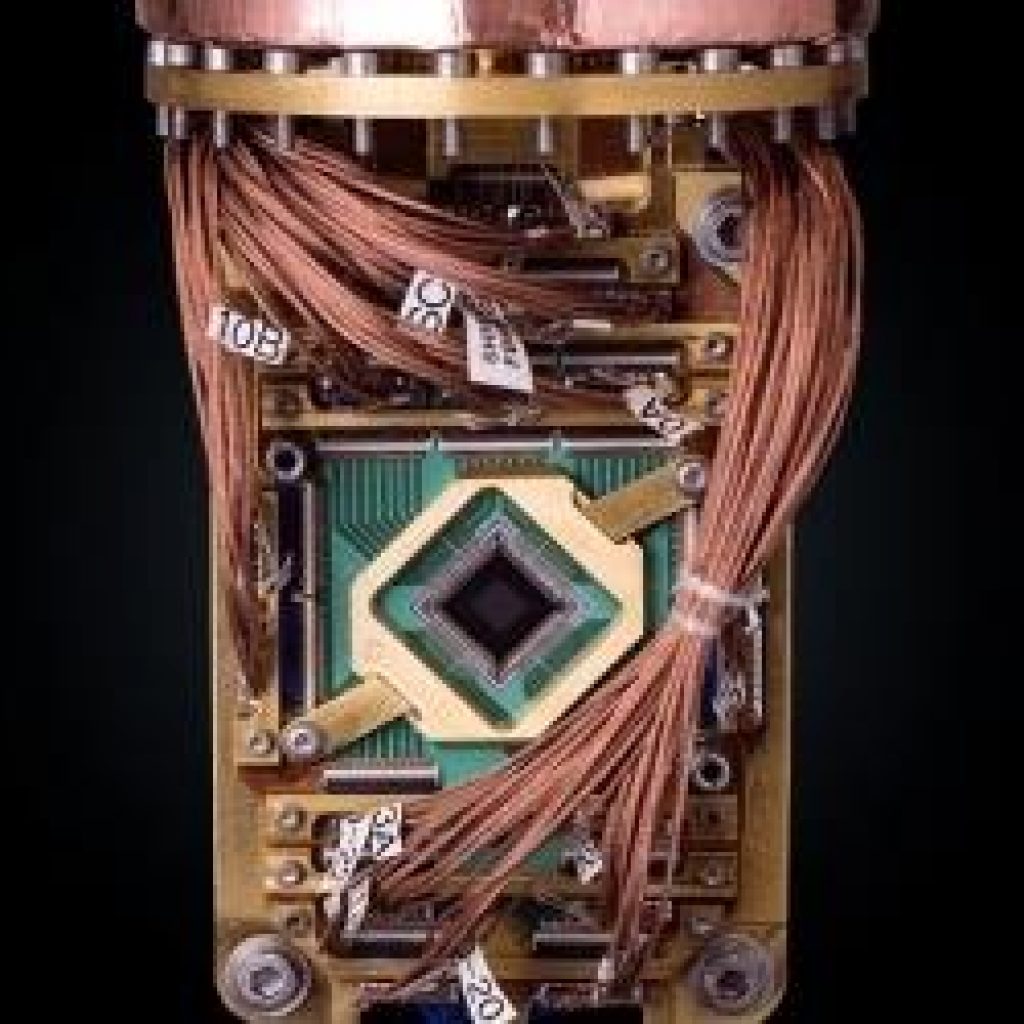(Forbes) Tom Coughlin, Enterprise Tech Contributor, interviewed Francois Candelon, Global Director at the BCG Henderson Institute and Alan Baratz, President and CEO of D-Wave.
They had an interesting lesson to teach on how data should be handled and the best way to make AI and advanced processing technologies work best. The lesson in short, is that these technologies work best when they are used to augment humans, changing the way they work.
In the conversation with Alan Baratz from D-Wave, Baratz spoke about the difference between their approach to quantum computing (QC) and competing systems. Their approach uses a phenomenon called quantum annealing and it provides better signal to noise and an ability to scale faster than the gate model approach used for generating qubits in other quantum computers.
D-Wave enables businesses, organizations, and developers to access their quantum computers via their quantum cloud service, Leap. Many of the problems that they solve are optimization problems and the best results come from a hybrid solver that uses CPUs and GPUs as well as their QCs to solve problems.
These hybrid problems can be solved with up to 1M variables. He said that a customer of theirs in the grocery industry has solved problems in 2 minutes that used to take 25 hours using classical methods. Optimization problems are common in business supply chain and other business operations but many other types of problems can be cast as optimization problems.
In addition to these optimization problems, their QCs have been used for certain physical process solutions to provide quantum simulation. In particular, in 2018 using D-Wave’s 2,000+ qubit QC, they were able to simulate a magnetic phase transition in a quantum spin glass. Such a quantum simulator is an engineered quantum system that can be programmed to simulate other quantum systems.
AI And Quantum Computing Success Requires Well Managed Synergy
